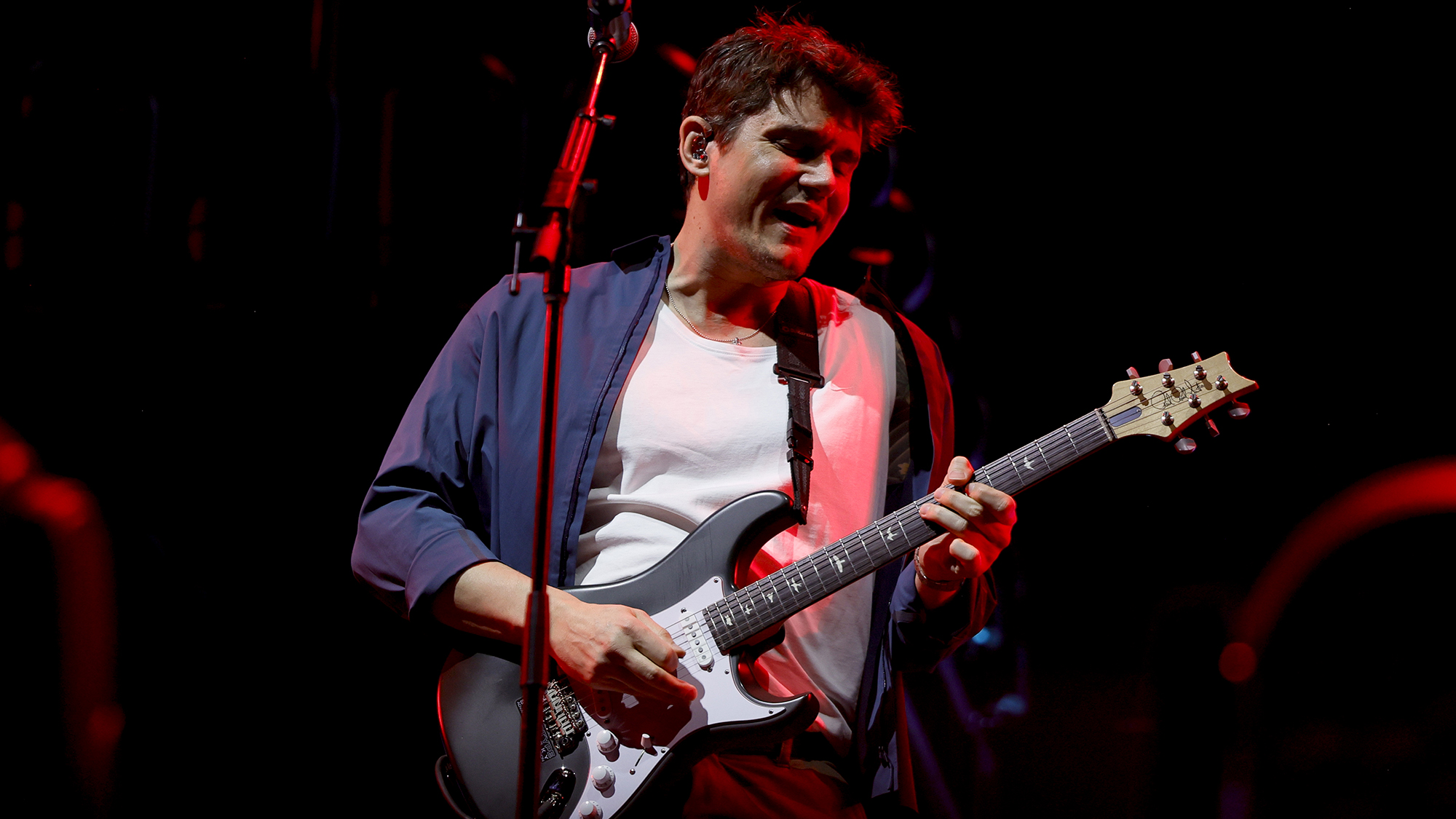How Gibson rescued Epiphone in the late-1950s
Gibson's head of product development, Mat Koehler, recants the story of a pivotal moment in Epiphone history
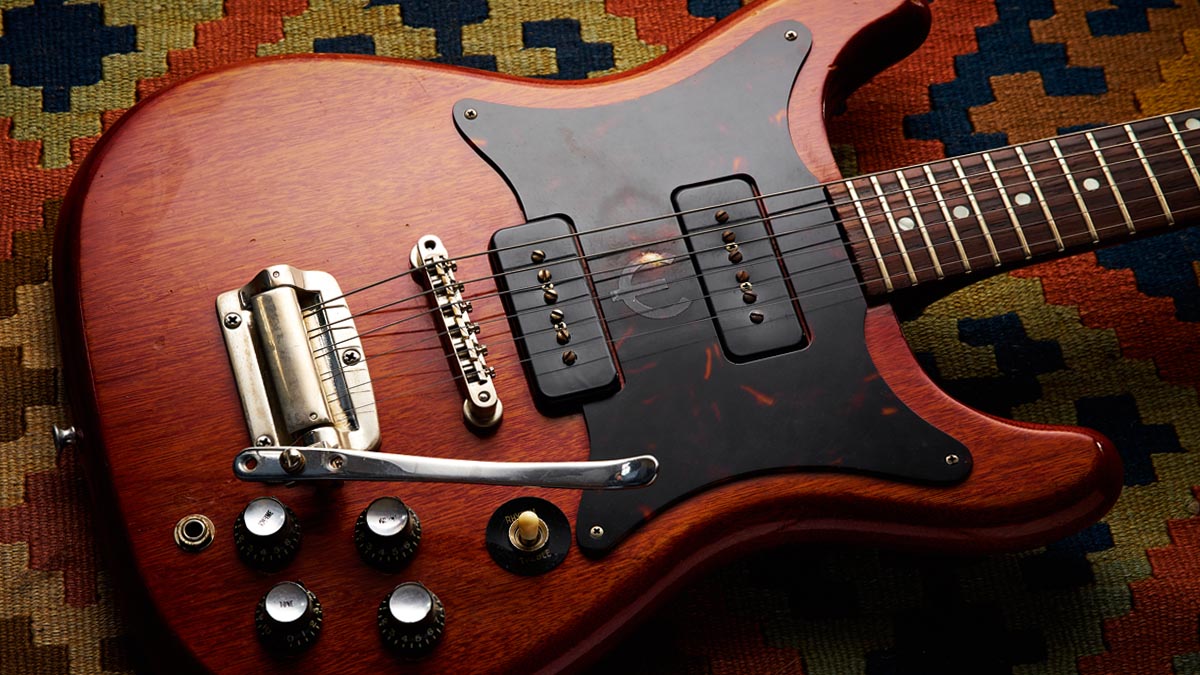
During rock ’n’ roll’s fledgling years of the 1950s, Gibson was riding the wave of the electric guitar boom while Epiphone’s once-feted archtops became dead in the water.
Whereas Gibson flourished in the post-war years following its acquisition by Chicago Musical Instruments (CMI) in 1944 and the subsequent appointment of Ted McCarty as CEO in 1948, Epiphone embarked on a long, slow decline following the death of its visionary founder, Epi Stathopoulo, in 1943.
Along with infighting, unionisation problems and a partial relocation to Philadelphia in 1953, the House of Stathopoulo (as it was previously known) stood divided. The once-proud brand, Epiphone Inc. of New York – Gibson’s fiercest competitor in the revolutionary pre-war archtop era – was now a spent force. Save for one thing: it still built some of the best upright basses in the industry.
Despite its troubles, Epiphone managed to sustain an enviable reputation as a quality builder of upright basses, or ‘bass viols’ as they were often called – an avenue Gibson wished to further explore in the 50s while competing against Fender’s game-changing Precision Bass.
We’re sitting on a cache of blueprints and design files for items that were never even created
Ted McCarty was so impressed with the instruments that he suggested to Epiphone’s president, Orphie Stathopoulo, that if ever he decided to sell the bass business, he should give Ted a call. The seed was planted in Orphie’s mind, and in the spring of 1957, he did just that.
After years of struggling to stay afloat and with morale at an all-time low, he eventually keeled over and reached out to Ted for a lifeline. With more than 80 years in the American instrument-building business, the Stathopoulo family were finally bowing out.
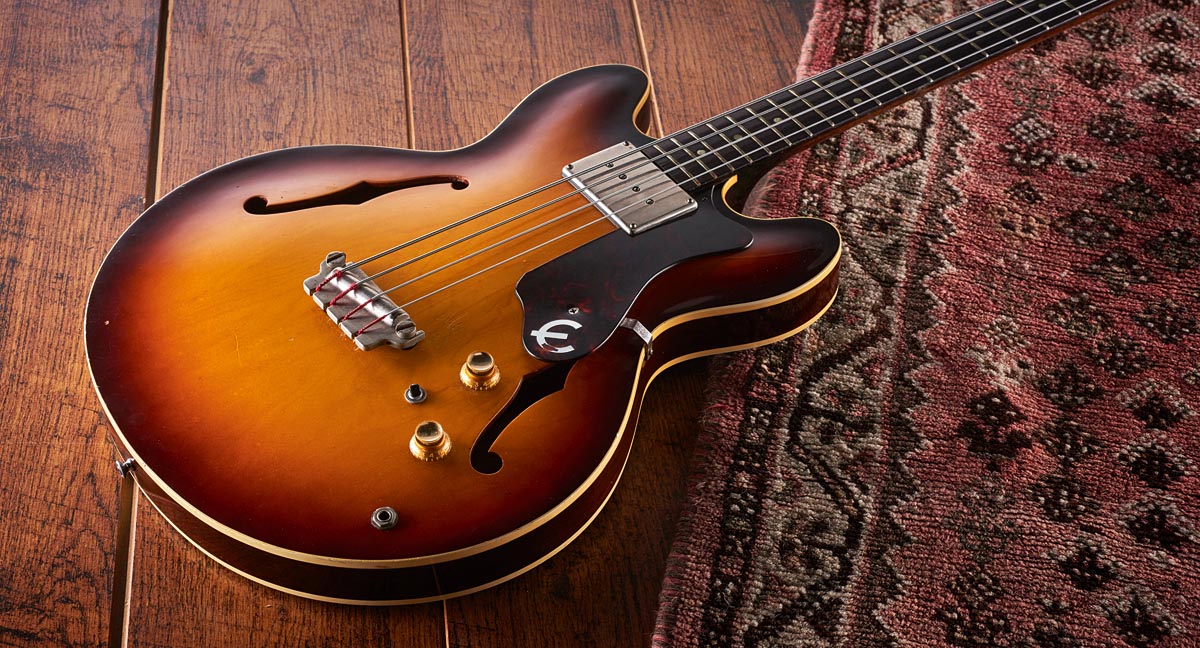
“Looking through our archives, my favourite topic of all is Epiphone,” begins Gibson’s head of product development, Mat Koehler. “When I see this stuff, I realise what a creative boom it was at the time, and we’re witnessing a renaissance of Epiphone right now.
Get The Pick Newsletter
All the latest guitar news, interviews, lessons, reviews, deals and more, direct to your inbox!
“The Epiphone stuff really gets me going. We have memos from April 1957, when Ted McCarty sent his right-hand man, John Huis, and Ward Arbanas on a reconnaissance mission to Epiphone. Ward would soon head up the project and become the [production manager] of Epiphone, Kalamazoo.
“The mission wasn’t necessarily to snoop on Epiphone – it was about gauging the opportunity to purchase its upright bass business. John and Ward reported back that [Gibson] was very well equipped to be making upright basses. Ted then contacted Orphie Stathopoulo with an offer of $20,000, which he accepted right away.”
While the Gibson team was busy organising transportation of the basses along with associated parts and machinery from Epiphone’s New York and Philadelphia sites to its Kalamazoo factory, John Huis suddenly realised Epiphone wasn’t just packing up the bass business.
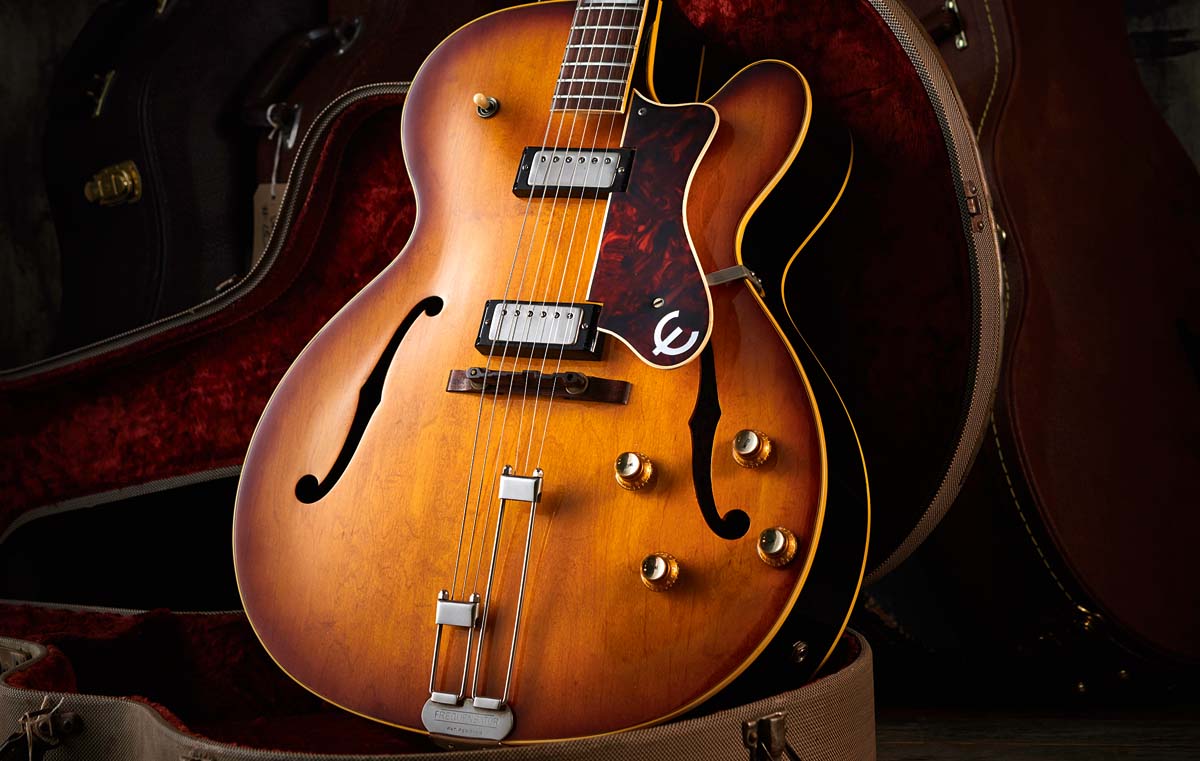
“They were gathering up everything: basses, guitar bodies, necks, pickups – they were clearing out,” continues Mat. “[Gibson] quickly became concerned about Orphie realising they may not have intended to buy everything for $20,000.
“John sent a hurried telegraph to Ted saying, ‘They think we’re buying everything: guitars, amplifiers, you name it – they’ve pulled everything out for us to ship to Kalamazoo,’ and then Ted changed course and alerted his lawyers saying, ‘We need to make this happen ASAP because this opportunity is too good to pass up.’ It was all orchestrated by Ted, and once everything was on the move, CMI set up Epiphone Inc. of Kalamazoo.
“There’s a letter from Orphie dated ‘March 29, 1957’ where he talks about Epiphone’s inventory, which was done in the previous November. Tongue in cheek, he says, ‘The inventory hasn’t changed since then,’ basically insinuating that sales were stagnant.
“Its main problem was it didn’t have any product direction. Gibson also floundered a little bit before ’57 and ’58, but Epiphone did not have solidbody guitars. There wasn’t much in the way of forward-thinking designs.
“You could argue the same for Gibson with respect to basses; while Fender were busy creating the industry standard in electric bass, Gibson were still thinking there was a real opportunity with upright basses. But, interestingly, that’s how Gibson were able to acquire their former competitor.”
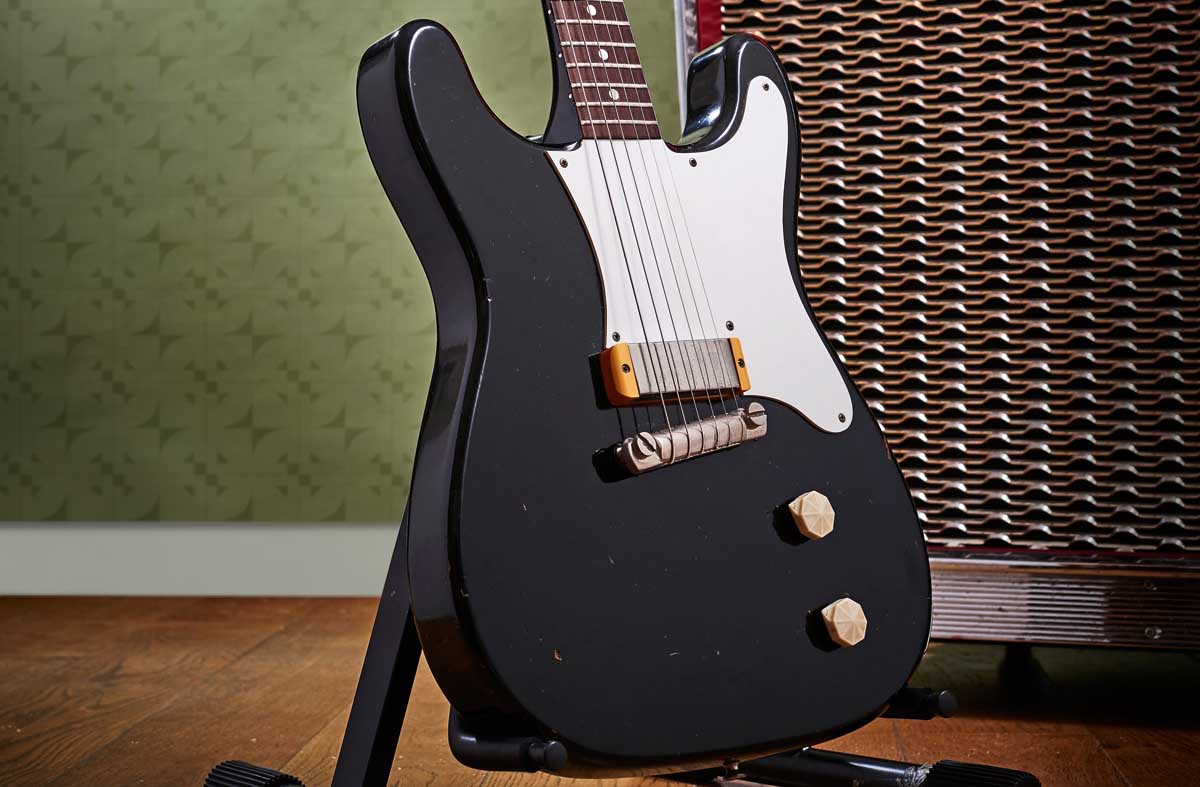
Although Gibson’s ambition to produce a successful line of upright basses was never fulfilled (its attempts had ceased by 1961), the large influx of Epiphone guitar parts inspired a radical change of direction.
“Around early to mid-1957, it became apparent they were going to be getting everything from Epiphone and [Gibson] immediately came up with the idea to create an entire product line – but not just basses,” clarifies Mat.
“They had already worked out what basses they wanted right off the bat, and now they were scrambling to come up with an entire product line of guitars. They were trying to make the most of the spare parts. [Gibson’s] parent company, CMI, in Chicago said, ‘Send us a product portfolio. What does the price list look like?’
“Some of the names and prices were modified, but it was approved. And they consulted with Clarence Havenga, the sales manager, who said, ‘Here’s your in: if you come up with a product line, we can sell them in stores where we previously denied them the Gibson line because they are too close to an existing dealer.’”
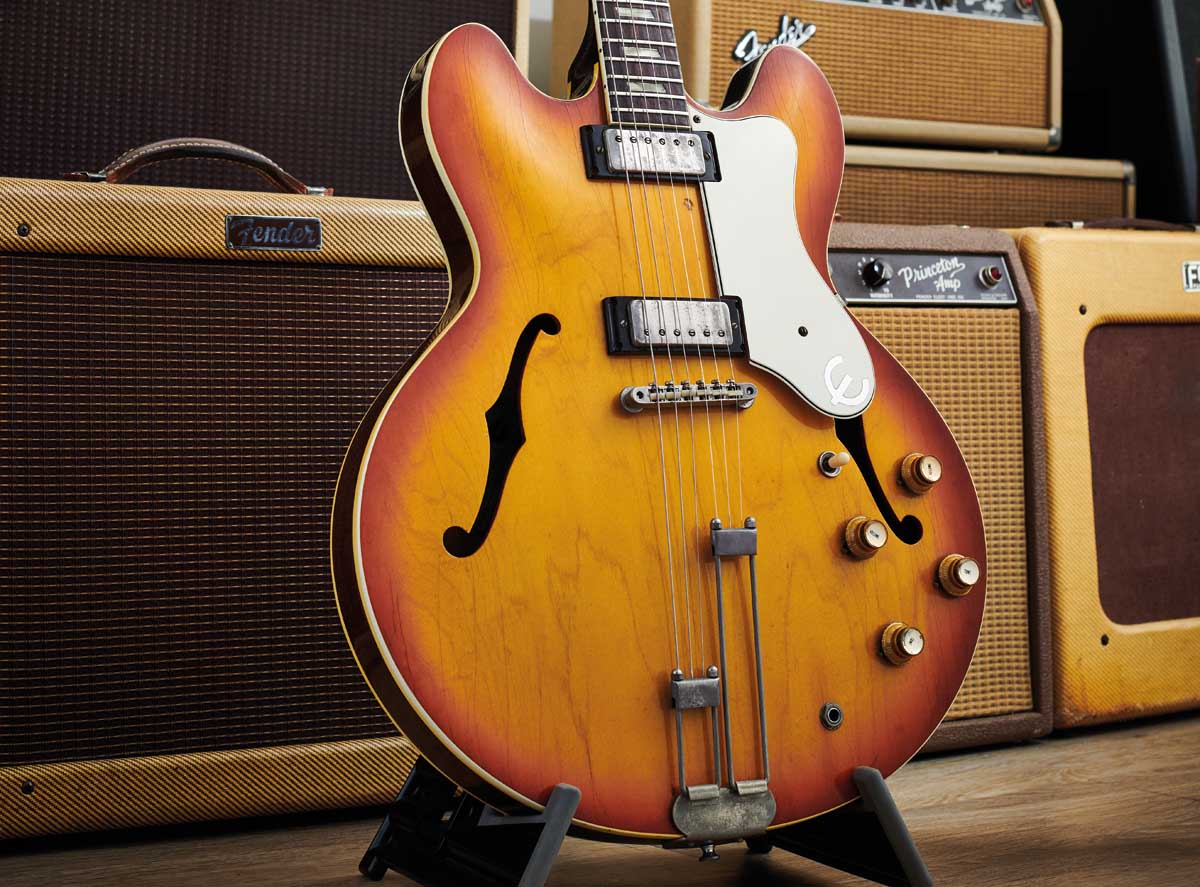
With a plan in place and CMI keen to make progress, Ted McCarty whipped his team into action ahead of the rapidly approaching July 1958 NAMM Show in Chicago where the new line of Epiphone guitars was to be unveiled.
“The guitars were concepted in the early part of 1958,” Mat tells us, “and in May, Ted McCarty felt compelled to send a memo with words to the effect of, ‘If anybody has a problem building a guitar with Epiphone on the headstock then see me because we need this done immediately – any delay will result in serious consequences.’
“There was so much going on at the time and Gibson were creating their own new models. The July 1958 NAMM Show in Chicago was epic. Epiphone had their own room – number 729 – at Palmer House. Their order book was not earth shattering right after NAMM, but in a letter Ward sent to Ted recounting the event, he made a note that Forrest White from Fender stopped by to offer his ‘congratulations on the nice-looking instruments’. Ward thought they did pretty good.
The reasons for the mini-humbucker are twofold. One, they were looking at what they would use on Epiphone guitars when they ran out of the old stock of ‘New York’ pickups; and two, they were already developing pickups for Silvertone
“My favourite Epiphone story concerns the fabled Moderne. The name Moderne probably originated from that [1957 Gibson Modernistic series] patent drawing, but by the time they were submitting their ideas for Epiphone, they felt the most viable use of that name would be for the double-cutaway [Epiphone solidbodies].
“Looking at this memo in front me, it appears there are two Modernes, both with poplar bodies – which is very unusual, although that does tie in with some other Ted McCarty blueprints and drawings I’ve found that mention poplar. It says, ‘poplar body, black finish, nickel hardware, single pickup and wrap[around] tailpiece’.
“Clearly, that’s referring to the Coronet, but it’s called the Moderne. And then they’ve got the Moderne Deluxe. That also specifies a poplar body but with ‘dual pickups, gold hardware, Sunburst finish and wrap[around] tailpiece’, and that’s what becomes the Crestwood. To me, the slab-bodied Coronet is one of the coolest models of all time. It hasn’t yet got its due.”
As the new Epiphone guitars began to catch on, sales steadily crept up in the early 60s (comprising around 10 per cent of Kalamazoo’s output of instruments by 1961) and the team continued to refine the brand’s identity, notably with the introduction of the mini-humbucker – a dual-coil pickup derived from Seth Lover’s original humbucker design.

“The reasons for the mini-humbucker are twofold,” highlights Mat. “One, they were looking at what they would use on Epiphone guitars when they ran out of the old stock of ‘New York’ pickups; and two, they were already developing pickups for Silvertone, specifically the Chris Isaak 1446L model. We’ve found Seth Lover’s unit cover blueprints – one for Silvertone and one for Epiphone – and they are both dated within the same time frame [spring 1961].
“This blueprint was just for the unit covers, so they had probably developed the whole strategy by then. Functionally, they are the same, but the design differs slightly. They knew they wanted something unique for Epiphone, plus it was more or less the same form factor as the New Yorker pickup.
“I’d say Epiphone was a more focused product line than Gibson because they had the opportunity to start afresh. And it was apparent that they had a better strategy: Coronet, Wilshire, Crestwood; Casino, Riviera, Sheraton; Texan, Frontier, Excellente.
“It was really important to the guys that worked on these concepts – particularly Ward Arbanas, [demonstrator] Andy Nelson and [chief engineer] Larry Allers – that the price differences were justified visually. The Epiphone guitars sometimes looked a little bit fancier then the Gibson high-end models.
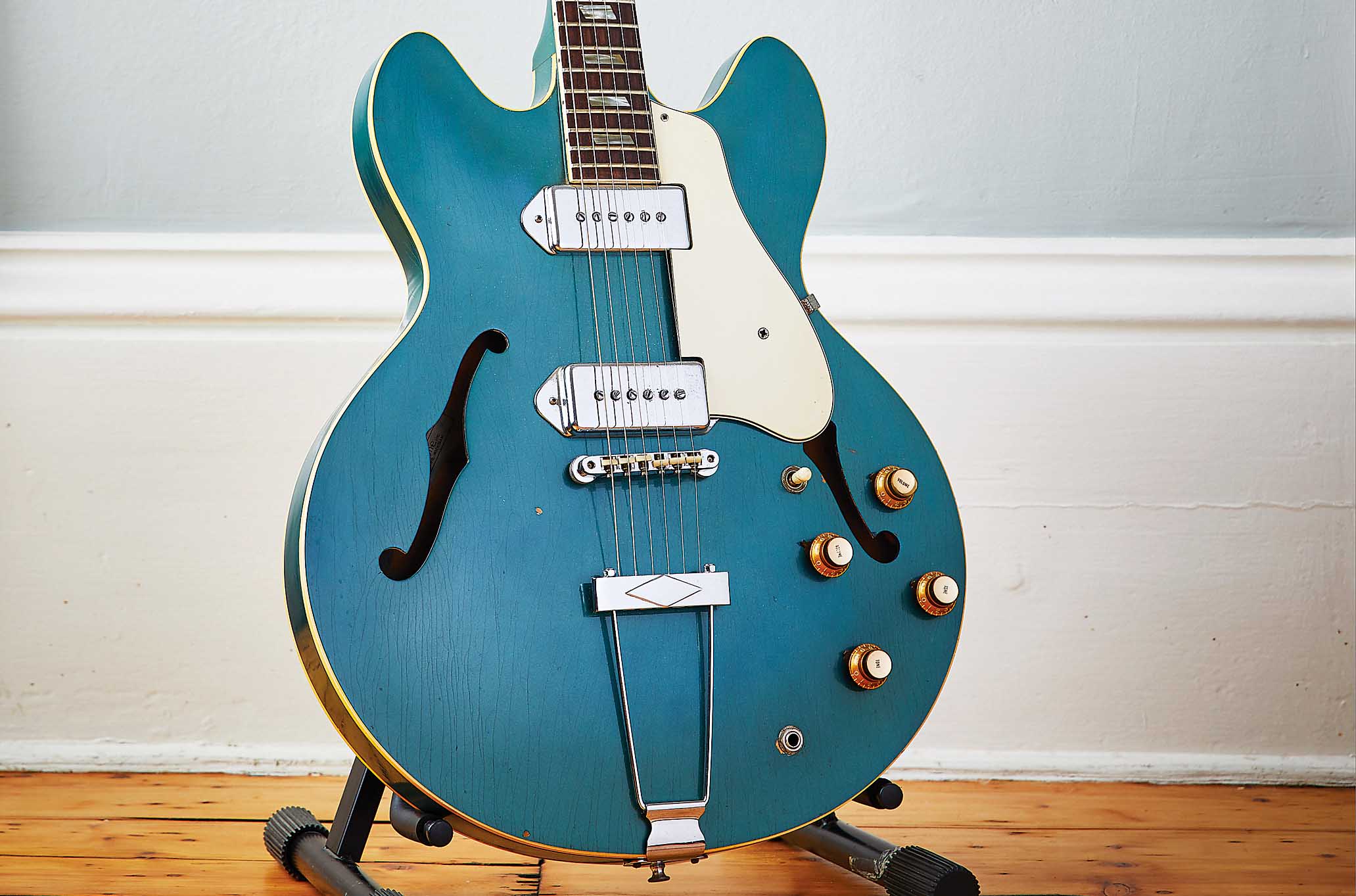
The Epiphone Riviera was actually more expensive than its Gibson equivalent, the ES-335. I’ve heard old-timers say that Epiphone was almost considered like a custom shop – an elite team of skilled workers and designers with top sales feedback. They knew what they wanted, and they did their best to execute it.”
While looking to improve its products, feedback from the sales department was considered crucial; those suggestions and requests from customers and dealers directly influenced the evolution of Epiphone guitars.
“Andy Nelson was the main consultant for Epiphone out in the field,” says Mat. “He was the guy in the stores giving the clinics because he was a world-class guitarist. He would hear from dealers and players that would say things like, ‘I could really do with a skinnier neck with a narrower nut width.’
That’s the kind of feedback that instigated a lot of the changes in the product line. Epiphone did those changes at least a year ahead of Gibson. Epiphone were moving to the narrower nut width and slimmer necks as early as 1963.
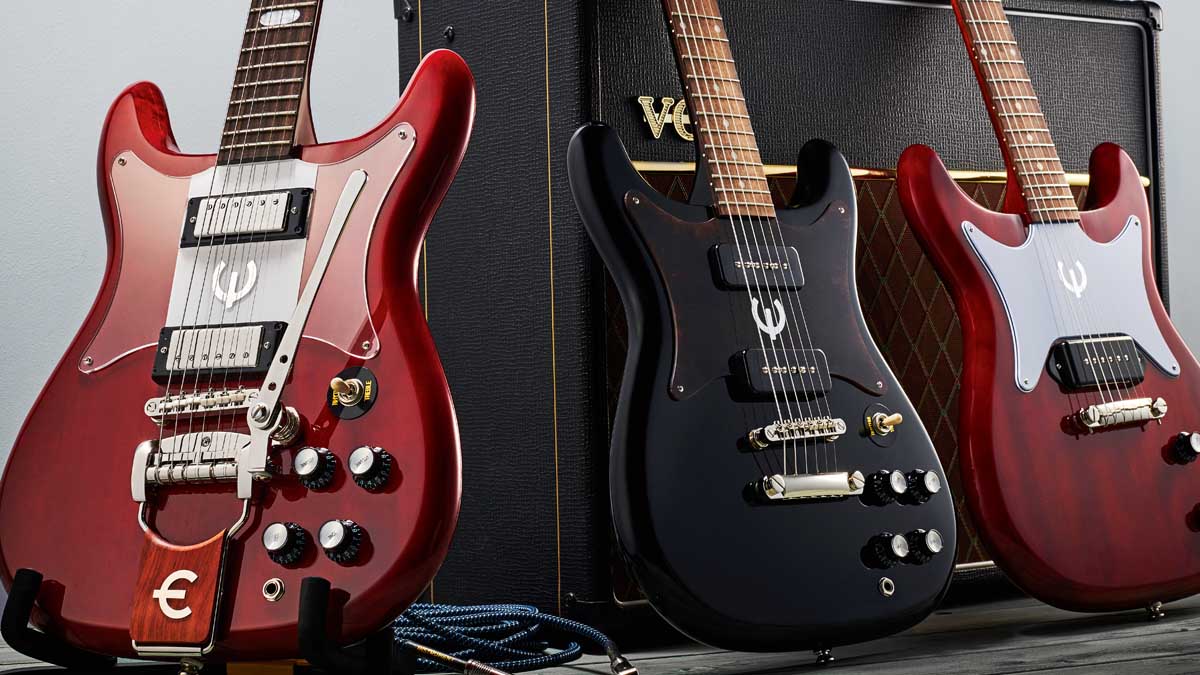
“Epiphone’s order book was strong in the mid-60s. Kalamazoo’s best year ever preceded Ted McCarty’s exit [in 1966], which has always been a mystery to me.
“Did he see the writing on the wall? He clearly wanted out in 1965, but at the same time they were the most successful they had ever been. The Kalamazoo factory was producing more than 100,000 instruments [of which Epiphone made up around 20 per cent ].
“At that time, Epiphone’s order book was very healthy, but, as I learned from Andy Nelson’s nephew, Andy felt that the workers were deliberately not converting the order book to meet the demand.
“That was one of the things that doomed Epiphone; even though they were wildly popular, and The Beatles were playing Casinos, they just couldn’t meet the demand. And I’ve heard that from a few other sources – there was competition between Gibson and Epiphone because Epiphone was treated differently. [The instruments] went through the factory side by side but they were managed separately, and that kind of created a rift.”
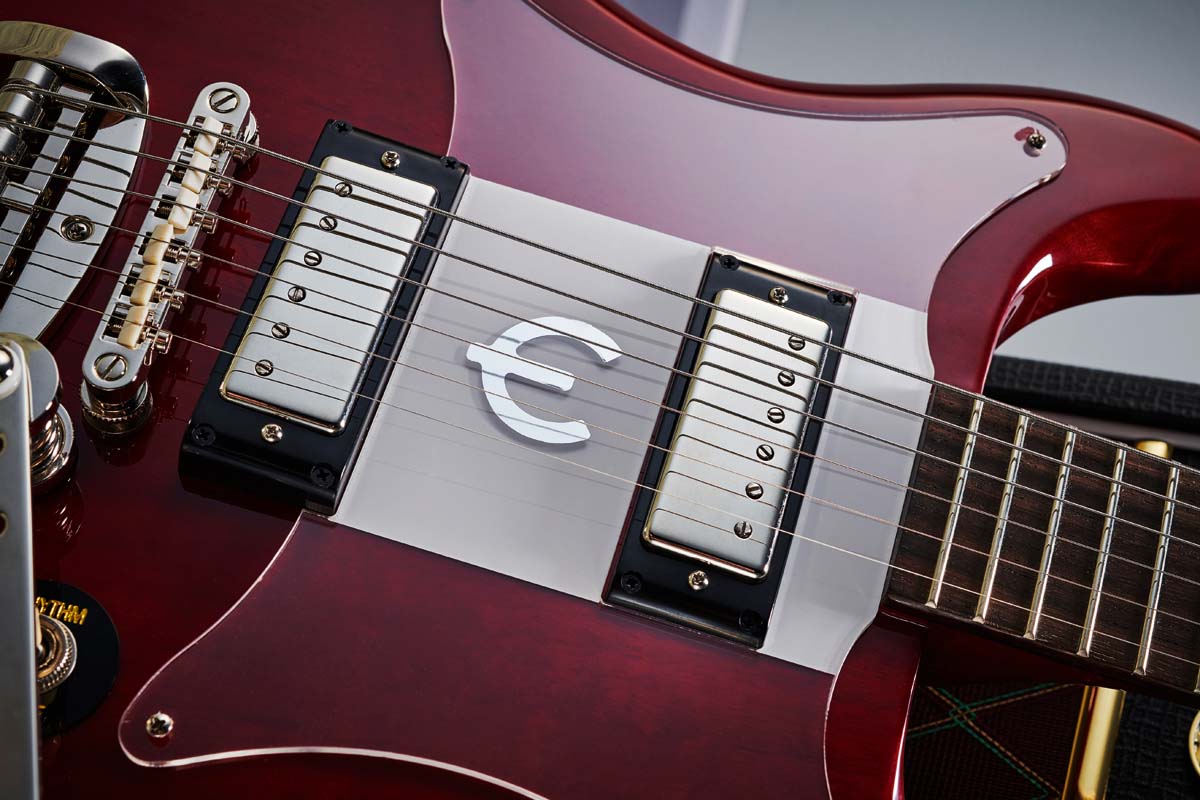
With production at a fraction of its peak by the end of the 60s, Epiphone guitar manufacturing was shipped overseas in an effort to beat the more affordable import brands at their own game, and the last of the remaining instruments trickled out from Kalamazoo during 1970.
“The reason the market peaked in the mid-60s in Kalamazoo is because immediately after that Japan started catching up and building really great lower-cost instruments,” reasons Mat. “There’s more demand than ever now because our product line is more focused and it’s coming at the time of this [COVID-19] pandemic when people are looking at more budget-friendly instruments.
“I’m so in love with Epiphone because of the amount of thought and energy that went into the brand in such a short amount of time. They produced some really cool ideas back in the day – many of which we haven’t released yet.
“We’re sitting on a cache of blueprints and design files for items that were never even created. We’ve revamped some of the old designs and they’re killer. In my opinion, these new Epiphones are truly the best-value electric guitars.”
Rod Brakes is a music journalist with an expertise in guitars. Having spent many years at the coalface as a guitar dealer and tech, Rod's more recent work as a writer covering artists, industry pros and gear includes contributions for leading publications and websites such as Guitarist, Total Guitar, Guitar World, Guitar Player and MusicRadar in addition to specialist music books, blogs and social media. He is also a lifelong musician.


![A black-and-white action shot of Sergeant Thunderhoof perform live: [from left] Mark Sayer, Dan Flitcroft, Jim Camp and Josh Gallop](https://cdn.mos.cms.futurecdn.net/am3UhJbsxAE239XRRZ8zC8.jpg)








